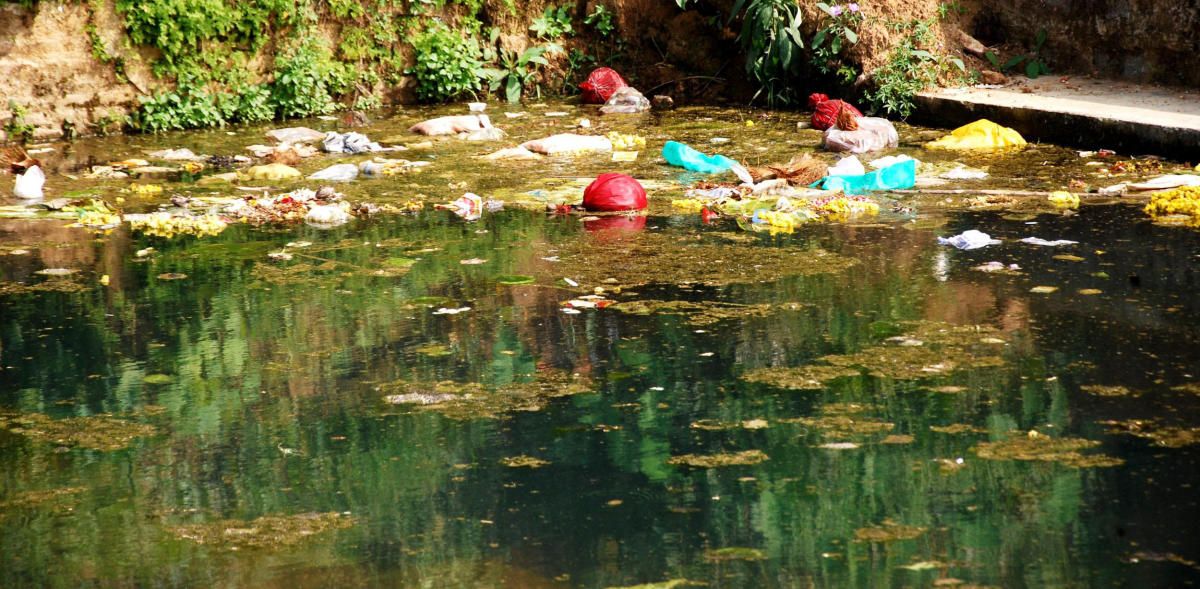There’s been a lot of articles written lately encouraging the practice of lining the bottom of the pond with gravel or rocks. We DO NOT encourage it. Here’s why.
Debris that gets trapped between the rocks is a breeding ground for bad bacteria. Deadly to fish and obnoxious-smelling to us, this mulm is guaranteed to turn what used to be a lovely ornamental pond into a cess pool.
Rocks in the bottom of the pond make it harder to clean. Even if you use large rocks you will find that there’s "stuff" that collects between them that even your most reliable handy-dandy shop vac can’t get to. In fact, the price to have someone clean a pond lined with rocks will be considerably higher because of the extra labor involved.
Cementing the rocks together to eliminate recesses between the rocks where dirt can hide can be very beautiful and functional as long as sufficient bottom drains are installed. Do not, however, make the mistake of introducing new fish into the pond until the pH level has been stabilized. We recently had an emergency situation occur because of this same exact thing. The pH soared to a 10 and the owners scrambled to remove the fish in time to save them. No warning about the pH factor was given by the pond professional (!!!) who recommended they do this! It is the property of cement or limestone-based materials to leach properties that increase pH levels into water for as long as several months.
Last year we recommended using rocks in lieu of soil for planting a bog garden. This year, because we’ve learned a lot more about the dangers of building bad bacteria, we are changing our recommendation a bit. To easily be able to clean the pond it is important that you place the plants in baskets filled with rocks instead of simply placing them into the water. This will give you the means of simply taking out the pots and power washing them with the hose.
There’s really no reason you should be concerned with the look of the black bottom of the pond. In time, nature will provide a nice, green coat of algae to the bottom and sides that is not unattractive and is beneficial to both fish and pond.
If you’ve already laid rock on the bottom and everything seems to be "rocking" along do take the time to inspect and see what evils might be lurking between the cracks.
